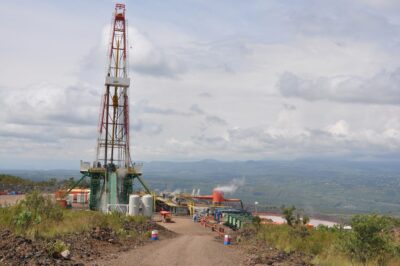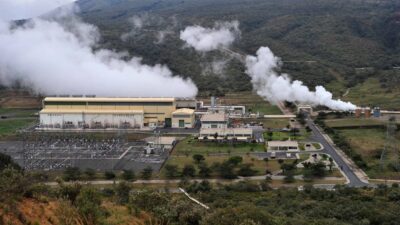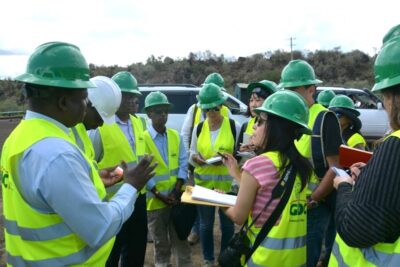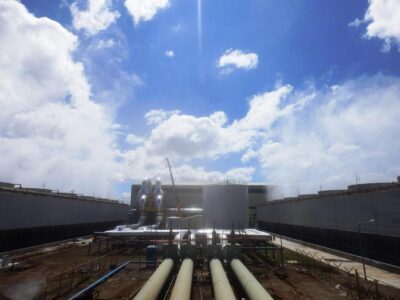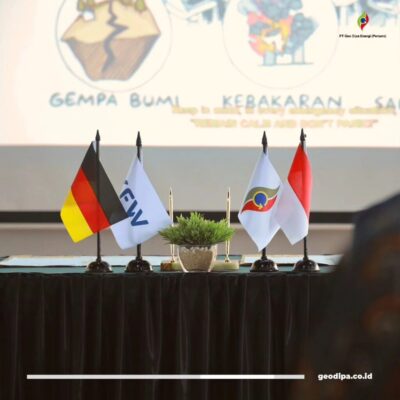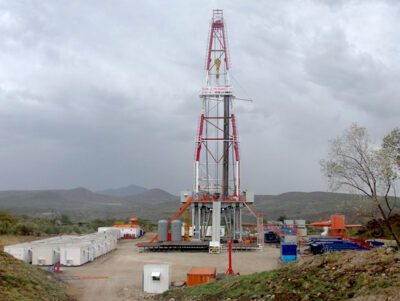Kenya: KenGen securing US$86 million development loan
KenGen has secured Sh7.4 billion (US$86 million) loan to finance the development of 280-megawatt geothermal plant. The loan is from German development bank KfW and is to fund consultancy and development of steamfields with further funding to come from other donors, including the World Bank.
News from Kenya report that “KenGen has secured Sh7.4 billion (US$86 million) loan to finance the development of 280-megawatt geothermal plant to deal with energy crisis brought home by high prices and dropping electricity reserves.
The loan from Germany’s development bank, Kfw, will fund consultancy and development of steam fields while the remainder will be financed by the firm and other donors including the World Bank.
Expected to be complete by 2013, the project will help to cushion the country from the risk of a power shortfall amid rising demand.
The new power will also help cool prices that have been rising as the country turns to expensive fuel-driven generation to meet the increasing demand for electricity, which has gone up 20 per cent to 635 million units per month over the past year.
“We have to move fast to balance out the hydro sources with renewable energy to ease our power demand during drought and avoid the expensive thermal sources,” said KenGen’s managing director Eddy Njoroge.
“Undertaking a 280MW project in less than three years is highly ambitious but the company is determined to achieve the goal,” added Mr Njoroge.
The Energy ministry data indicates that geothermal power can be delivered to consumers at less than Sh4.20 per kilowatt hour, which is far much lower than the Sh12 per kilowatt hour charged for thermal.
Kenya derives 130 megawatts of power or about 10 per cent of its installed capacity from geothermal sources.
This is far much below the country’s 7, 000-megawatt potential.
The country is relying on the weather-dependent hydro power and the more expensive thermal sources.
Power demand has been growing as economic growth gathers pace and the government connects more people to the national grid under rural electrification.
This has narrowed the reserve margin — the difference between supply and demand — to below 10 per cent against the optimum 15 per cent, setting the stage for blackouts.
Under emergency measures, the share of electricity generated from thermal power has been growing, sending bills to be settled this month to a 14-month high after the fuel cost charge went up this month to Sh6.15 from Sh5.73 in April.
The high power costs combined with rising food and transport costs pushed inflation to 12.05 per cent in April from 9.19 per cent in March.
Kenya requires an additional 800 megawatts worth Sh373 billion (US$4.3 billion) over the next five years to secure its power needs.”
Source: Business Daily Africa







